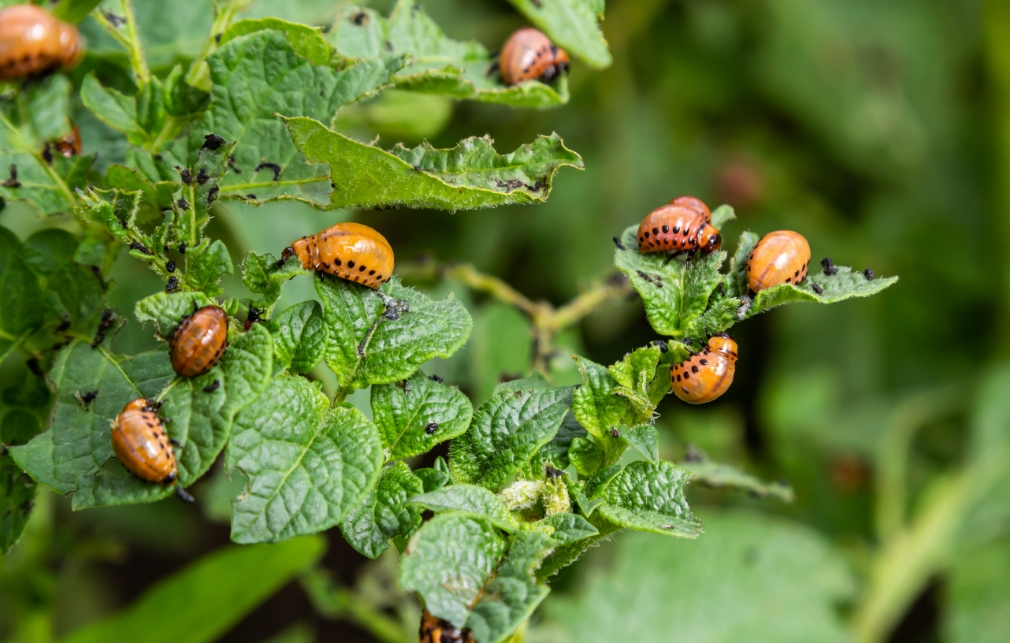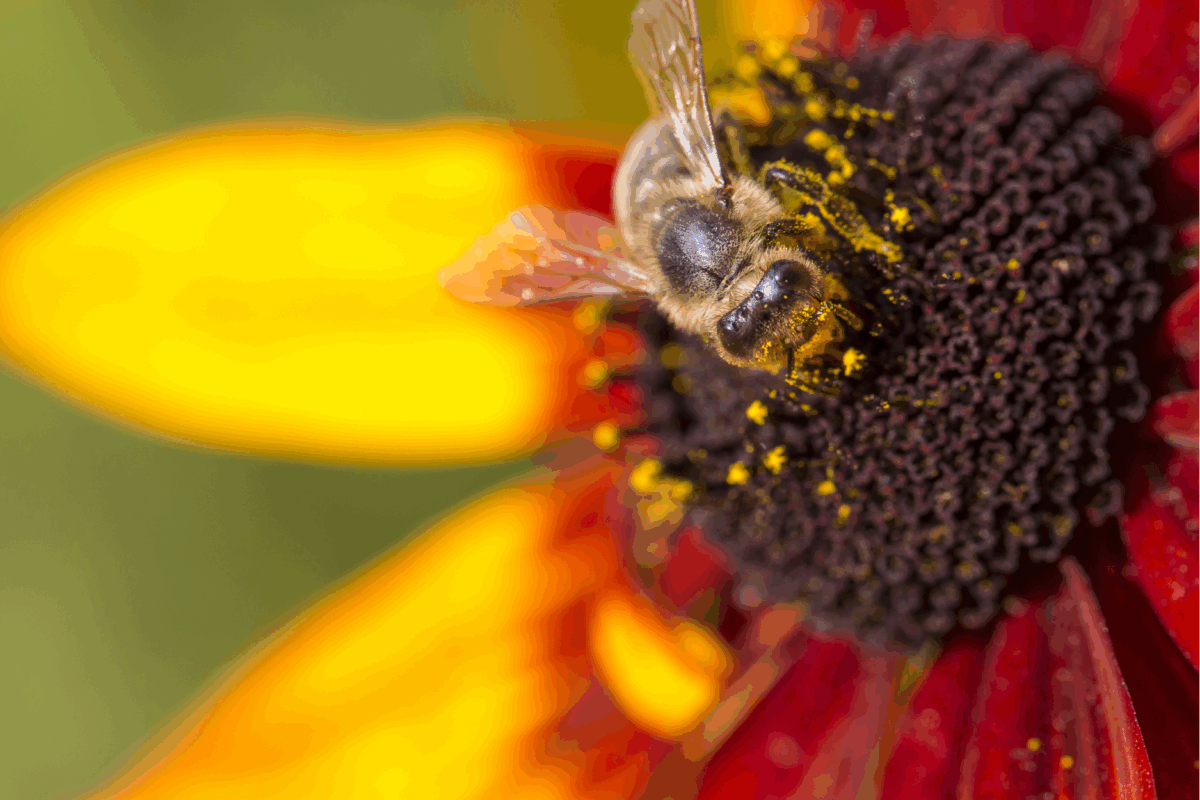Spring clean to keep insects out

With the arrival of spring’s warmer temperatures and longer days, harvest planning and preparation are front of mind.
During this time of preparation, Grains Biosecurity Officer Jim Moran recommends considering your tactics for controlling insects while harvesting, handling and storing new grain.
“Avoiding new infestations and effectively controlling current insect populations takes time, money and resources but ensures that you can maximise your returns,” says Mr Moran.
He suggests following a series of steps before, during and after harvest such as closely monitoring grain storages by sieving grain and installing insect traps as temperatures inside storage rise and increase insect activity.
“You need to know what insects are in there to control them effectively as different ones vary in their susceptibility to insecticides,” explains Mr Moran.
“Not applying the recommended chemical will waste time, money and effort and help breed resistance into the population.”
He also notes that if fumigation is required it is best to only do so in gas tight, sealable storage. The correct amount for the volume of the silo should also be applied to ensure effective insect control as insects will develop resistance if they are only partially exposed to fumigants.
“If you want to prevent stored grain insects from becoming a problem, hygiene strategies should also be put in place now,” says Mr Moran.
“For example, clear away any grain residue or spills around storage, in sheds and other areas as this will attract insects flying in for a feed.”
“It is also a good idea to clean out empty grain storage, and handling and harvesting equipment, and apply a structural treatment such as a desiccant dust to each surface before use.”
“Finally, make sure grain from this year’s harvest cannot be mixed with grain from previous harvests that could be contaminated with insects.”
As well as your spring clean, Mr Moran recommends shoring up the defences protecting your stored grain.
“Repair seals around hatches, latches and chutes to prevent insects gaining access and if it is possible plan for the capability to aerate the new crop in the silo,” he recommends.
“The cooler environment slows down the insects’ breeding cycles making resident insects easier to control.”
“Seeking advice on what types of protectants to use on new grain and how best to apply if you plan to store grain for lengthy periods of time is another good way to prepare for harvest.”
If you would like a free copy of the Monitoring Stored Grain on Farm booklet, a free biosecurity gate sign or other grain biosecurity information please contact Mr Moran on (03) 5430 4479 or visit www.planthealthaustralia.com.au/gfbp





